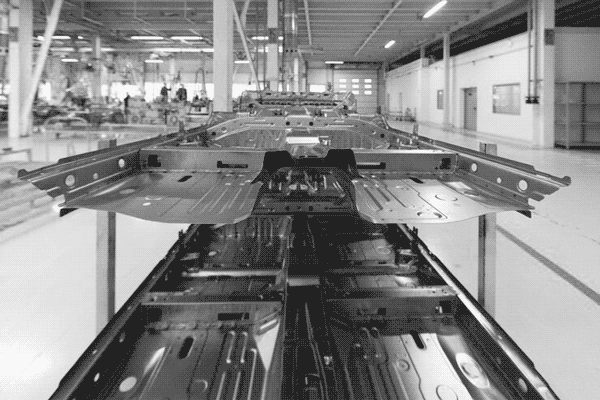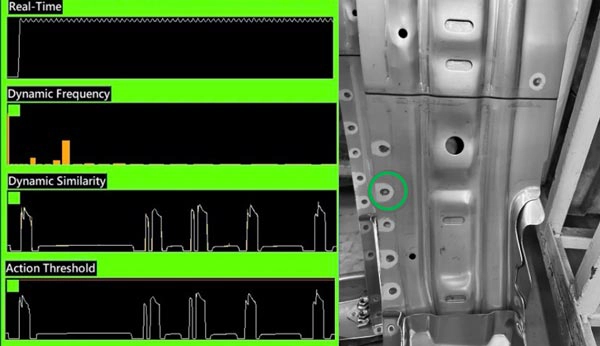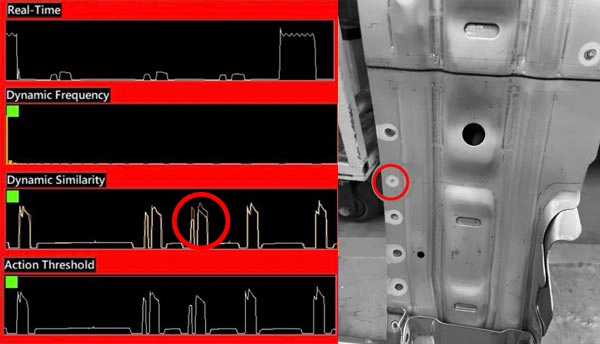Welding Anomalies in Automotive Sheet Metal Causing Poor Joints?
Case|Welding Anomalies in Automotive Sheet Metal Causing Poor Joints?Incorrect current and voltage settings during the automotive sheet metal welding process can result in uneven welding and may increase the risk of weak or defective weld points.
Welding Anomalies in Automotive Sheet Metal Causing Poor Joints?
Sheet Metal Welding
Automotive sheet metal welding typically refers to the sheet metal repair techniques used in automotive maintenance or manufacturing, with welding being a common method. Welding is a process of melting and joining metal components. Common welding techniques in automotive sheet metal repair include arc welding, MIG/MAG welding (Metal Inert Gas/Metal Active Gas welding), and spot welding. The choice of method depends on the specific repair needs and materials being used.
Arc Welding
A technique that uses an electric arc to heat metal and join it with filler material. This method requires a certain level of skill to ensure weld quality and strength.
MIG/MAG Welding
MIG welding (Metal Inert Gas) and MAG welding (Metal Active Gas) are common semi-automatic and automatic welding methods. They use a metal filler material called welding wire and introduce a shielding gas to prevent contamination from oxygen and other pollutants.
Spot Welding
A method where specific points on the sheet metal are welded using a specialized spot welding machine. This process heats a designated area of the metal to its melting point, then cools and solidifies it to form a strong joint, effectively repairing and connecting metal components to ensure the integrity of the vehicle's appearance and structure.

Potential Causes of Welding Anomalies
Insufficient or excessive welding temperature, inappropriate speed, poor choice of welding materials, incorrect current and voltage settings, inaccurate alignment of welding workpieces, poor welding environment, and improper welding sequence, among others. Insufficient welding temperature can result in weak joints, while excessive temperature may cause metal melting or deformation. Welding too fast may prevent proper fusion, while too slow may cause overheating and distortion. Incorrect current and voltage settings can lead to uneven welding and increase the risk of weak welds. Misalignment of workpieces can shift the welding position, affecting joint quality. Furthermore, if the welding sequence is incorrect, some parts may cool prematurely, affecting overall weld quality. Other factors, such as temperature, humidity, and wind speed, can also impact welding stability and result in defects.
Key Monitoring Points:
1. If the weld is not sufficient or has defects, the joint strength may be compromised, leading to fractures or deformation under stress, endangering structural stability and durability.
2. Welding quality is manually inspected, which may lead to inconsistencies affecting subsequent production processes. Automated and data-driven solutions are needed.
How to Detect?
OLVMS-ML Machine Learning Intelligent Monitoring System
The machine learning intelligent monitoring system applies AI technology to learn the correct process specifications and captures minor signals using process-specific sensors. By monitoring electrical signals, the system determines the quality of the weld.
Measurement Conditions

Condition 1: Normal Welding Signal
Result: Successfully identified
Status: PASS

Condition 2: Abnormal Welding Signal (Insufficient Current)
Result: Successfully identified
Status: FAIL
Measurement Conclusions
VMS-ML can intercept defective products in real time by learning correct process specifications and detecting abnormal signals with sensors. It eliminates the need for manual inspection, avoiding human errors. Additionally, trend analysis helps identify potential equipment failures early, facilitating predictive maintenance, and improving product quality.
VMS-ML Machine Learning Monitoring System


